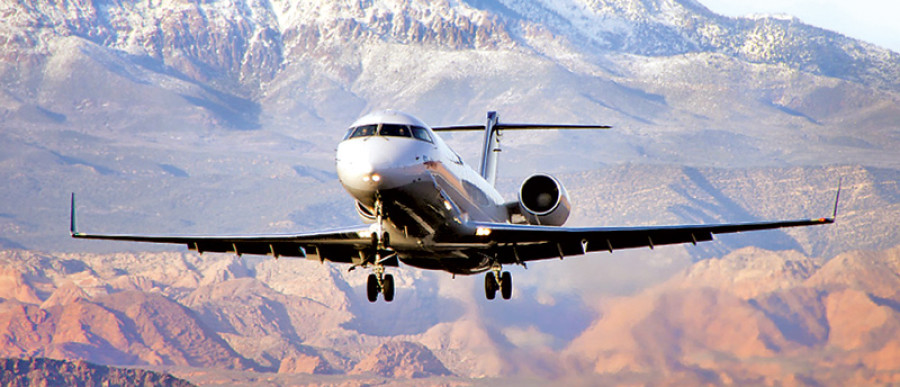Money
Shree Airlines to diversify into fixed-wing operations
Nepal’s largest helicopter operator Shree Airlines plans to diversify into fixed-wing operations by bringing in three jets for starters in a move expected to shake up the domestic aviation sector which seems to have quietened down of late.
Sangam Prasain
Nepal’s largest helicopter operator Shree Airlines plans to diversify into fixed-wing operations by bringing in three jets for starters in a move expected to shake up the domestic aviation sector which seems to have quietened down of late.
As per the business plan submitted to the Tourism Ministry, the carrier will be inducting three 50-seater Bombardier Canadair Regional Jet (CRJ-200) aircraft into its fleet by year-end.
In the second phase slated to start by mid-2017, Shree Airlines will boost its jet fleet strength by adding three 100-seater Embraer ERJ aircraft. The twin-engine regional jet is produced by Brazilian aerospace company Embraer. The Tourism Ministry is yet to approve the airline’s fleet expansion plan.
According to Shree Airlines, the Civil Aviation Authority of Nepal (Caan) will issue a No Objection Certificate after the Tourism Ministry gives the go-ahead. The carrier will receive its Air Operator Certificate (AOC) after the planes arrive. Shree Airlines has been allotted six sectors according to ministry officials — Bhadrapur, Biratnagar, Bhairahawa, Nepalgunj, Dhangadhi and mountain flight. The airline will be hiring at least 200 more personnel for its expansion project.
The carrier has also set an ambitious plan to connect South Asian markets in the second phase. Currently, it has an international operation licence for its MI-17 helicopters only.
Shree said that it decided to go into fixed-wing operations as part of its plan to diversify and tap into Nepal’s expanding air travel market. According to airline officials, reduced travel times offered by jet aircraft will help them to attract travellers and break the duopoly of Buddha Air and Yeti Airlines on trunk routes.
The domestic aviation sector has been moving towards recovery after putting the devastating earthquake behind it, but a spate of crashes has badly dented the reputation of Nepali airlines.
Shree’s entry into fixed-wing operations will reinvigorate the industry, said Tri Ratna Manandhar, former director general of Caan. “The new player will obviously intensify the airfare war to consolidate its market share. This will benefit passengers but seat demand in the domestic sector is unlikely to increase soon.”
Nepal’s domestic air passenger movement continued to shrink for four straight years, dropping 5.96 percent in 2015, as a series of disasters struck the country denting travel demand.
According to Tribhuvan International Airport (TIA), domestic carriers received 86,510 less flyers last year. These airlines carried 1.36 million passengers in 2015 against 1.45 million the year before.
Nepal’s domestic carriers are pinning their hopes on an increase in tourist arrivals. “If tourist numbers go up, it will spur airline seat demand. But the massive investment planned by Shree reflects its long-term strategy,” said Manandhar. “It is targeting cross-border flights after the international airports being constructed in Pokhara and Bhairahawa come online, and it is a wise move.”
Started in 1999, Shree is the first private airline in Nepal to operate a fully owned fleet of five helicopters. The airline was originally called Air Ananya and was later renamed as Shree Airlines.
It currently has six MI-17 and four Eurocopter AS350 B3e helicopters. Among the six MI-17s, two are currently flying in Nepal, two are in Africa and the remaining two have been sent to be overhauled, the company said.




 9.12°C Kathmandu
9.12°C Kathmandu














